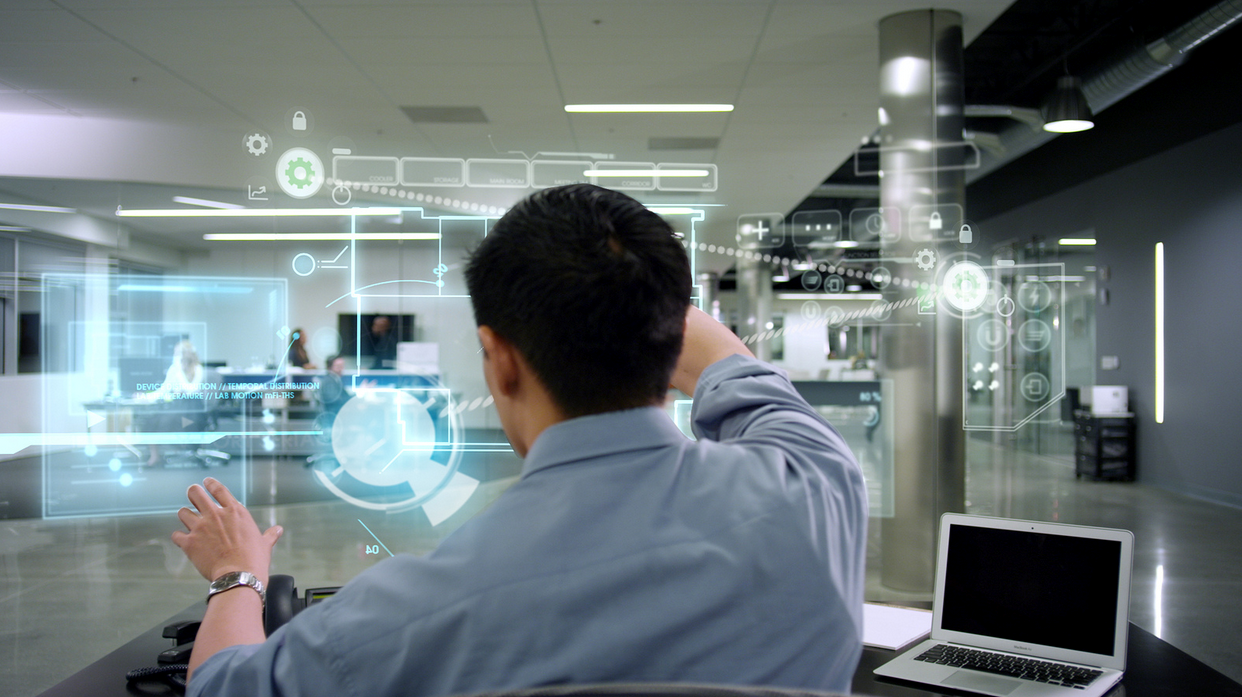
Reading Time: minutes
Death by Boredom?
Boredom can kill. As you sit in your cubicle-enclosed workstation, you begin to question if going corporate was a good idea. From the squeaky chair, to the glaring lack of amenities, to the endless cubicles that line your vision ahead, you've had enough with working in an office that simply drains you of inspiration. Something has to change.
If boredom at the workplace is something that resonates with you, then we have good news.
According to Dr. Sandi Mann, an occupational psychologist at the University of Central Lancashire, there indeed is a level of truth to the well-worn statement "boredom kills," and for many offices in Manila, the first casualty is productivity. Citing results from a study, Dr. Mann argues that boredom in the office causes workers to lose concentration - a critical ingredient for productivity and quality of work. This means that boredom hurts not only employees, but businesses as well. And so, this begs the question: How will businesses respond? To answer this question, let's take a peek at how Manila offices might look like in the year 2025.
Virtual Reality
Although regarded primarily as gaming technology, virtual reality is set to hurdle past the bounds of entertainment and blur the line between work and fun. In an office setting, virtual reality will be used to create an experience that immerses its users in a computer-generated environment, enabled through virtual reality headsets. Imagine putting on a 1-pound headset and being able to meet clients from all over the world without even having to travel a mile. As such, the possibilities of applying virtual reality in the office are endless - from improving collaboration through Star Wars-esque virtual meetings, to viewing digital dashboards for convenient information access, and even to displaying equipment health to factory managers. In fact, Forbes contributor Maribel Lopez suggests that companies have already began to integrate virtual reality into their different business processes - a possible reality(no pun intended) for Manila offices in the near future.
Biophilic Design
Stressed out at work? Researchers have pinpointed that greenery and natural light are two critical factors in reducing stress. Considering that stress has a slew of negative effects on worker health and productivity, the office of the future may integrate biophilic design in the workplace - this may mean the creation of amenities like indoor gardens, more windows, and of course, fresh air. Who wouldn't want these in their workplace? And so, in the spirit of biophilic design, Taguig-based Globe Telecom has led the charge of Manila companies making the shift to greener offices. In fact, The Globe Tower has 3 sky gardens in its towering 28-storey building, from where employees could work, relax, eat, and even socialize. Truly, being green-minded isn't so bad with biophilic design.
Chairless Workplaces
Data points out that the typical office worker may spend up to a staggering 15 hours a day sitting down. While this may sound harmless, numerous studies have suggested that people who sit for long periods of time develop greater risk for health complications such as diabetes, heart disease, and, not to be overlooked, the dreaded backache. Thankfully, there is a growing movement around the world to eliminate the need for prolonged sitting. Ronald and Erik Rietveld, co-founders of the Amsterdam-based art and architecture studio RAAAF, along with Dutch artist Barbara Visser, unveiled their replacement to the office chair - the tilted plinth: uniquely-shaped boxes that workers could use in a wide variety of ways, upright, or not. Using the plinth, workers will be able to perform their duties whether standing up, leaning, or both, without developing the harmful health complications that accompany long hours of sitting.
More than getting rid of our boredom, the most exciting part about technology is its dynamism. Technology is constantly being developed in ways that affect every aspect of life, including the much hated-workplace. The past decades have brought the advent of the internet, social media, and smartphones - who knows where the future will take us next?
Which of these possible offices of the future is your favorite? Let us know in the comments!
Introducing Jarone Tung. Jarone is a Business Administration student at the University of the Philippines and a guest blogger for KMC Savills. This is his first piece on how office spaces may evolve over the next few years, changing the way employees work, complete tasks, interact and making workspaces nicer places to be.
For Internship and Graduate opportunities with KMC Savills, please contact [email protected]

